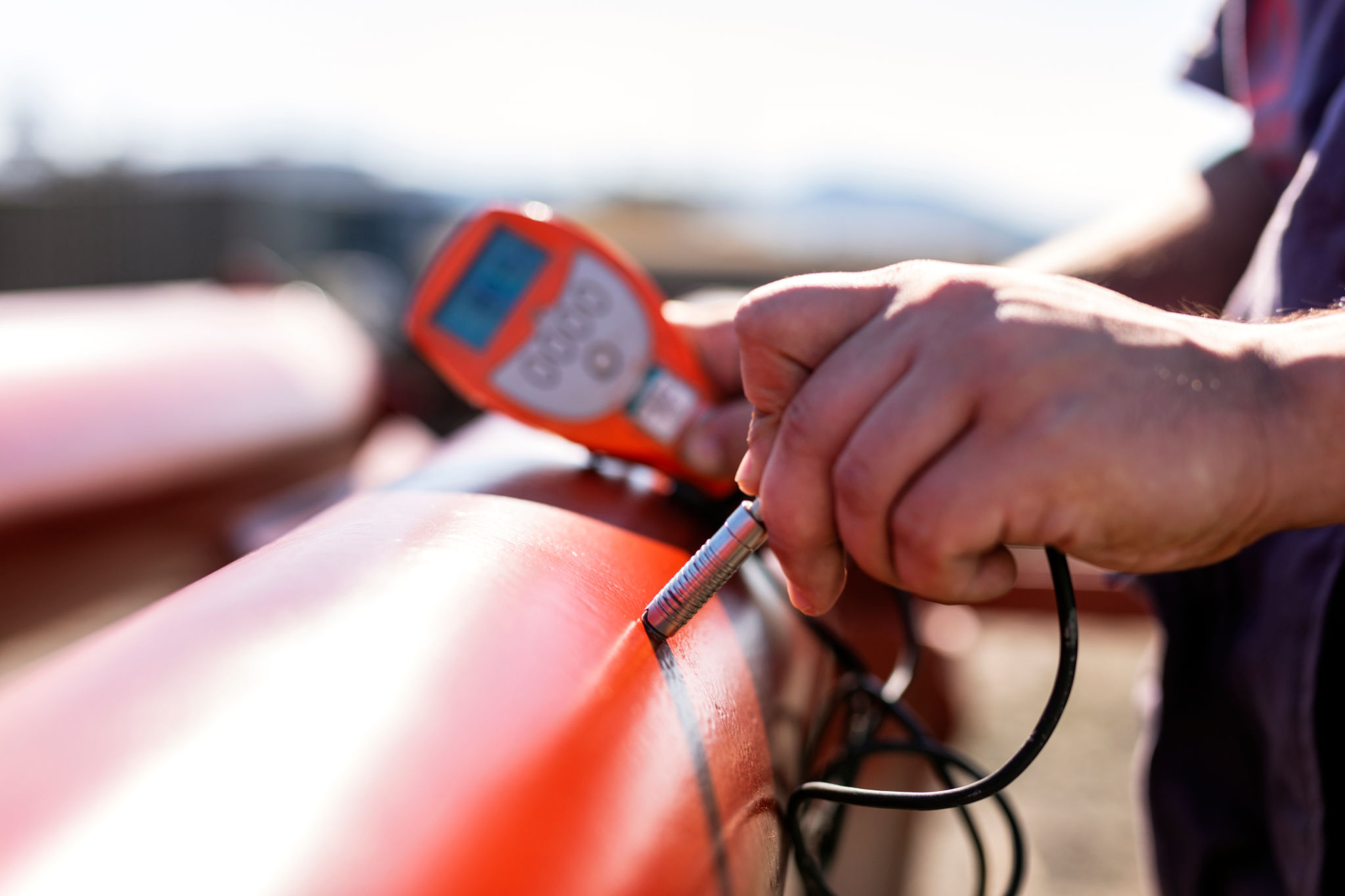Case Study: Successful Coating Inspection Projects in New Zealand
Introduction to Coating Inspection Projects
In the realm of infrastructure and industrial projects, coating inspections play a vital role in ensuring the longevity and safety of structures. New Zealand, with its diverse climatic conditions and growing infrastructure needs, has seen a rise in successful coating inspection projects. This blog post delves into some of the most noteworthy projects across the country.
A coating inspection involves assessing the application of protective coatings on various surfaces to ensure they meet the required standards. This process is crucial for preventing corrosion, which can significantly compromise structural integrity over time. Let's explore how some projects in New Zealand have thrived with effective coating inspections.

The Auckland Harbour Bridge Project
The Auckland Harbour Bridge is one of New Zealand's most iconic structures. Over the years, it has undergone several maintenance and inspection processes to ensure its durability. In recent years, a comprehensive coating inspection was conducted to evaluate the bridge's protective layers against environmental elements.
This project involved a detailed analysis of the existing coatings and identifying areas requiring reapplication or repair. The use of advanced technologies such as drones for visual inspections and ultrasonic thickness gauges for measuring coating thickness contributed significantly to the project's success.

Key Success Factors
- Integration of cutting-edge technology for accurate assessments
- Regular monitoring and maintenance schedules
- Collaboration with experienced coating specialists
The Wellington Wind Turbine Initiative
Wellington, known for its windy conditions, has a significant number of wind turbines that require regular inspections to maintain optimal performance. The coating inspection project for these turbines was instrumental in enhancing their operational efficiency.
Inspectors focused on assessing the turbine blades' coatings, which face constant exposure to harsh weather. By using non-destructive testing methods, the team effectively identified areas prone to wear and applied necessary protective measures, thus extending the lifespan of the turbines.

Lessons Learned
- Importance of regular inspection intervals
- Adoption of non-invasive testing techniques
- Collaboration with international experts for knowledge exchange
The Christchurch Rebuild Effort
Following the devastating earthquakes in Christchurch, a massive rebuild effort was initiated, where coating inspections played a crucial role. With a focus on ensuring new structures could withstand future seismic activities, specialized coatings were applied and inspected for compliance with stringent standards.
The inspection process was thorough, incorporating detailed testing and assessments to confirm that all coatings provided the required level of protection against environmental damage and potential chemical exposure.

Conclusion
These case studies from New Zealand highlight the importance and effectiveness of coating inspections in safeguarding infrastructure. By leveraging advanced technologies and adhering to regular maintenance schedules, these projects not only extend the life of structures but also ensure safety and reliability.
As New Zealand continues to grow and develop its infrastructure, the role of coating inspections will remain pivotal. Future projects can draw valuable insights from these successful initiatives, ensuring that the country's structures are well-protected for years to come.